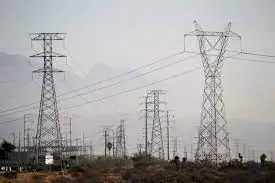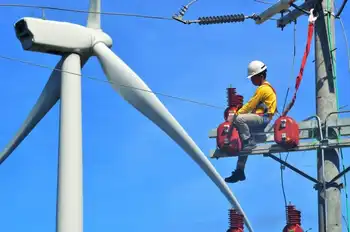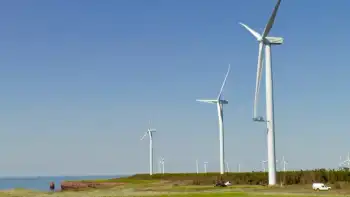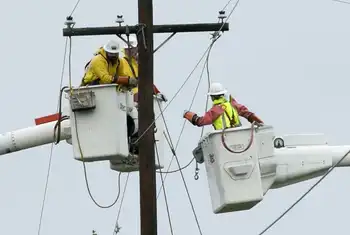Irving firms benefit from NB Power deal
By CBC News
Protective Relay Training - Basic
Our customized live online or in‑person group training can be delivered to your staff at your location.

- Live Online
- 12 hours Instructor-led
- Group Training Available
The list, released by the New Brunswick government November 27, shows that 14 of the 50 companies are connected to the Irving group — 12 to J.D. Irving Ltd. and two to Irving Oil.
But J.D. Irving Ltd. didn't have any involvement in the proposed deal to sell NB Power, said Mark Mosher, vice-president for pulp and paper.
"In terms of this specific deal, we were not involved in any of the negotiations leading up to this," he said.
Back in March 2008, after J.D. Irving and other forestry companies had been lobbying the provincial government for lower power rates for months, Mosher told CBC News the company had analyzed the cost advantages of moving its mill to Quebec.
"We've done enough analysis to say that if we were to move our paper mill to Quebec, we would have a significant advantage over our operation here in New Brunswick, quite frankly," he said.
"We've got enough wood supply to feed it in the northern part of the province. So it's not like we're going to move overseas tomorrow. But we are committed to this business and we'll do what we need to do to make sure we have a long-term future in this business."
At the time, the presidents of J.D. Irving, Fraser Papers and Flakeboard had argued power rates in New Brunswick were nearly 30 per cent higher than the North American average and they were seeking rate cuts worth an estimated $44 million a year.
Mosher responded to criticism that J.D. Irving would get a disproportionate benefit from the rate cuts under the proposed NB Power deal.
Mosher suggested Irving companies figure prominently among the ones that would benefit from lower power rates because they are some of the few manufacturing companies left in the province — a situation he blames, in part, on high electricity prices.
He said thousands of people rely on the Irving companies for jobs and spinoffs and the rate cuts will provide greater stability, allowing the companies to continue to modernize and reinvest.
But Mosher wouldn't guarantee that the rate cuts would ensure no layoffs.
"Well you can't guarantee that. What I can guarantee is that it certainly adds more guarantee of continued investment," he said.
"There are many reasons companies leave. The companies that have already left New Brunswick today have not left the industry. They've left New Brunswick.
"What I can guarantee is that we have a very passionate employee group that wants to ensure that we remain in this province."
The Opposition Conservatives had been asking for days for a complete list of industrial companies in line for power rate cuts and the amounts they were likely to save.
The government initially agreed to supply one, but then backtracked on disclosing individual financial benefits, citing privacy issues.
A list of the companies that would receive power rate cuts was finally issued November 27, but without details about what each one would save.
The list did, however, include a note at the bottom, stressing that the affected companies employ 46,000 New Brunswick residents, either directly or indirectly.
"Therefore, in addition to potential job creation, the industrial savings under the proposed agreement secure an estimated 46,000 jobs, which represent 12 per cent of the entire New Brunswick workforce," it said.
The province had previously acknowledged that a group of industrial companies would receive $91 million in electricity rate cuts in the first year following its deal to sell NB Power to Hydro-Quebec.
Under the proposed deal, expected to be signed in March, industrial power rates would be reduced by about 30 per cent, to the same level currently paid by Quebec companies, while residential customers would have their rates frozen for five years. The New Brunswick government values the rate savings at $5 billion.
In addition, Hydro-Quebéc would pay $4.8 billion for the majority of NB Power's assets, a sum that would wipe out the utility's debt.
The 12 companies connected to J.D. Irving Ltd. include all four of its paper mills and five of its sawmills, as well as Atlantic Wallboard in Saint John, and Dieppe's Irving Personal Care, which manufactures Majesta personal care products and Master Packaging.
Irving Oil is also on the list because of power rate cuts coming to its oil refinery in Saint John and the Canaport liquefied natural gas facility, which is a joint venture with Repsol.
Other companies with a multiple presence on the list include: McCain Foods, which has food-processing plants in both Florenceville and Grand Falls; Fraser Papers Inc., which has a paper mill in Edmundston and a sawmill in Plaster Rock; and AV Cell and AV Nackawic, which operate two paper mills in Atholville and Nackawic.











